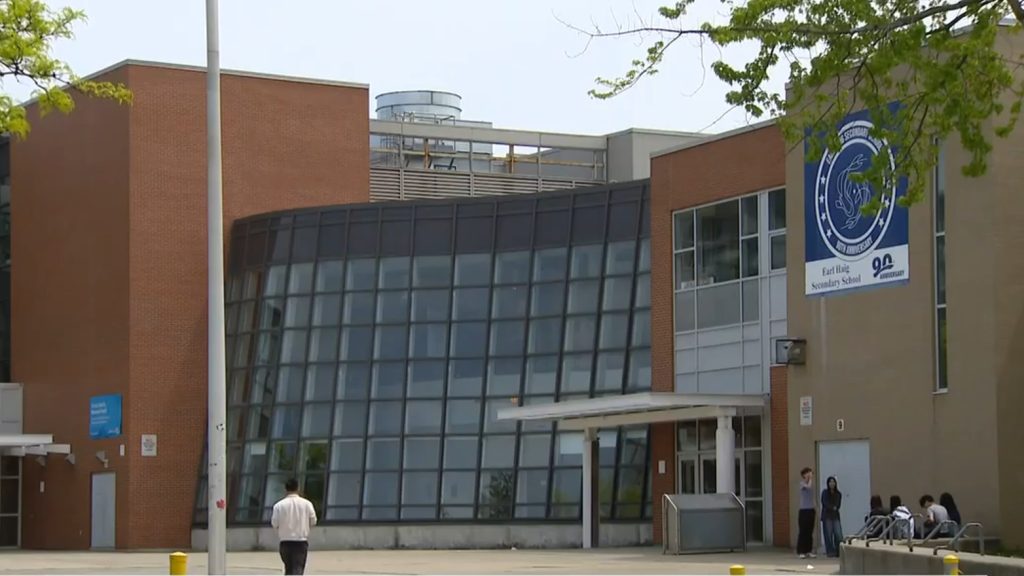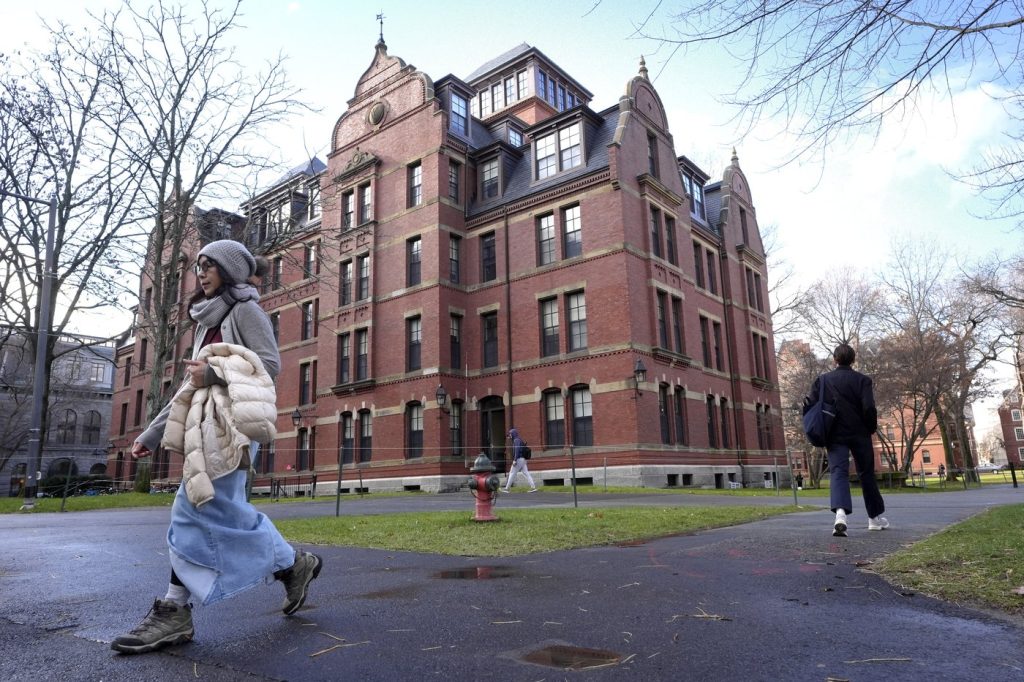BEIJING (AP) — In a shocking incident in northwest China, over 200 kindergarten students have been reported to have abnormally high levels of lead in their blood after a local school administered food containing paint. This alarming case underscores the ongoing food safety issues that have plagued the country for years.
The state broadcaster CCTV reported on Tuesday that the school, identified as Heshi Peixin Kindergarten in Tianshui city, utilized paint as an unusual method to enhance its food offerings, aiming to attract more students and increase its revenue. According to CCTV, which cited a police official, the full investigation report was also made publicly available online.
Authorities revealed that the kindergarten had purchased the paint from an online source and added it during the preparation of their food items. Specific dishes affected included a three-color breakfast cake and a sausage dish served at dinner time. The toxic substance was responsible for the alarming health risk observed among the children.
Out of the 251 students enrolled at the kindergarten, 233 showed abnormal lead levels, with 201 requiring hospital treatment as a direct result of the contamination. The World Health Organization (WHO) has firmly stated that exposure to lead is “particularly harmful” to young children, notably affecting the development of their central nervous system. The WHO also emphasizes that “there is no level of exposure to lead that is known to be without harmful effects.”
Reports from three other media outlets indicated that dozens of students had lead levels exceeding the Chinese standards for lead poisoning in children. However, detailed information regarding the specifics of the blood tests conducted was not provided in the investigation findings.
In response to this grave incident, law enforcement has detained eight individuals, including the headmaster of the kindergarten. This response indicates the seriousness with which authorities are addressing the matter, as they explore the full scope of the negligence that led to this public health crisis.
This incident not only raises concerns about the regulatory measures in place for food safety in educational institutions but also reflects a broader issue regarding food practices within China. With the alarming health consequences that have emerged due to the introduction of hazardous materials into food for children, officials and parents alike are now demanding stricter enforcement of health regulations.
As the investigation unfolds, it is essential for authorities to ensure that such incidents do not recur and that accountability is established for those responsible for compromising the health and safety of students.












